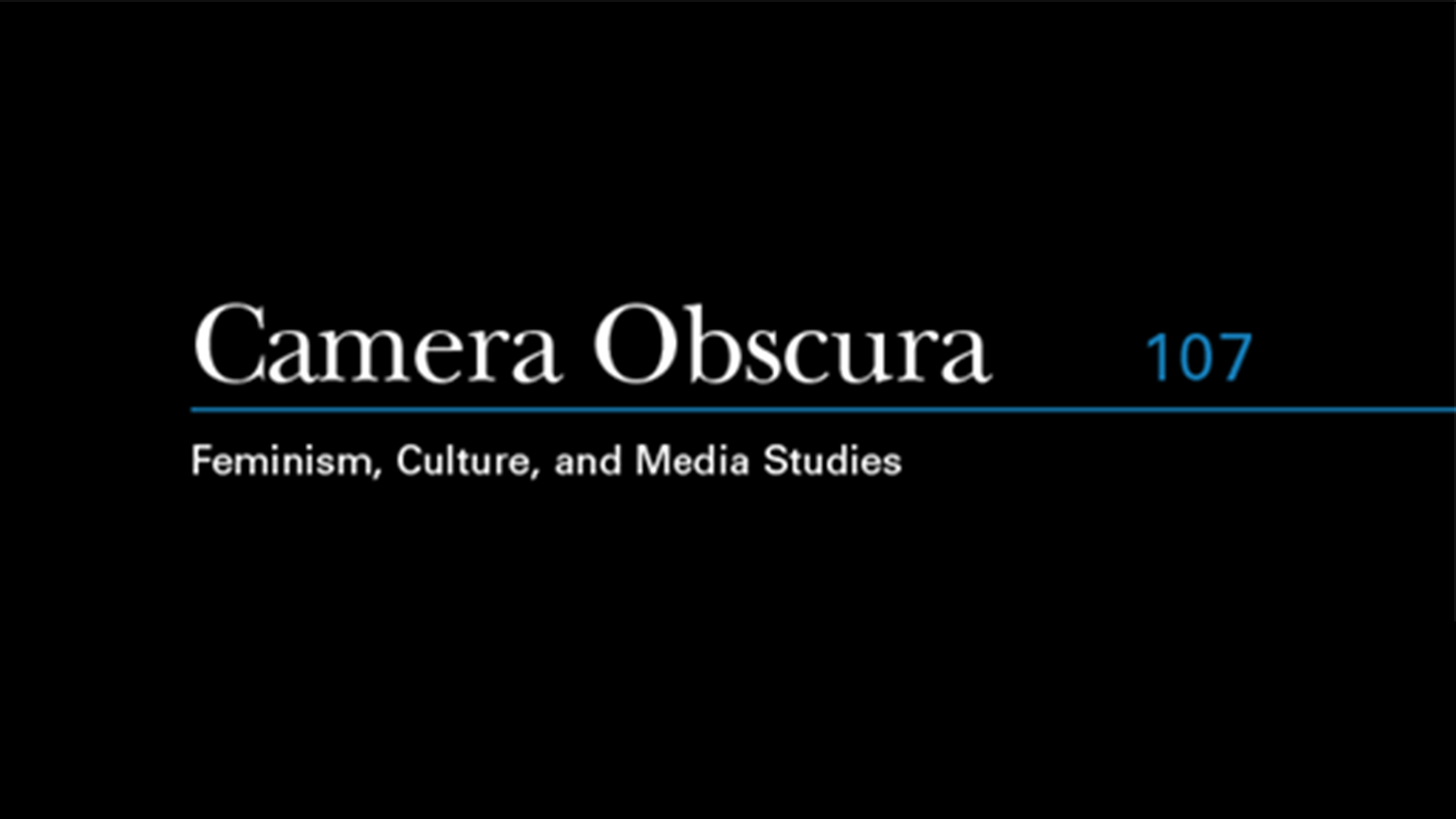
Professor Cash (Melissa) Ragona‘s essay “Schneemann Sounding: Embodied Sonic Systems” is featured the Volume 36, Number 2 (107) edition of Camera Obscura, focusing on the work of Carolee Schneemann. Camera Obscura, published by Duke University Press, focuses on scholarship on feminism, culture, and media studies.
Ragona’s essay examines the central position the medium of sound played in the work of the artist Carolee Schneemann. By exploring a few key early works such as “Glass Environment for Sound and Motion” (1962), “Chromelodeon” (1963), and “Noise Bodies” (1965), it traces how her exposure to emergent forms in experimental music informed important translations she made of complex sonic structures into expanded, layered, constantly evolving visual systems. The essay argues that Schneemann transformed the body into a soft recording system that broadcast sonic testimonies of everyday encounters with the excesses of conspicuous consumption, the inequalities of gendered relations, and the disturbing encounters with state-mandated violence against other cultures, in particular the US invasion of Vietnam.




